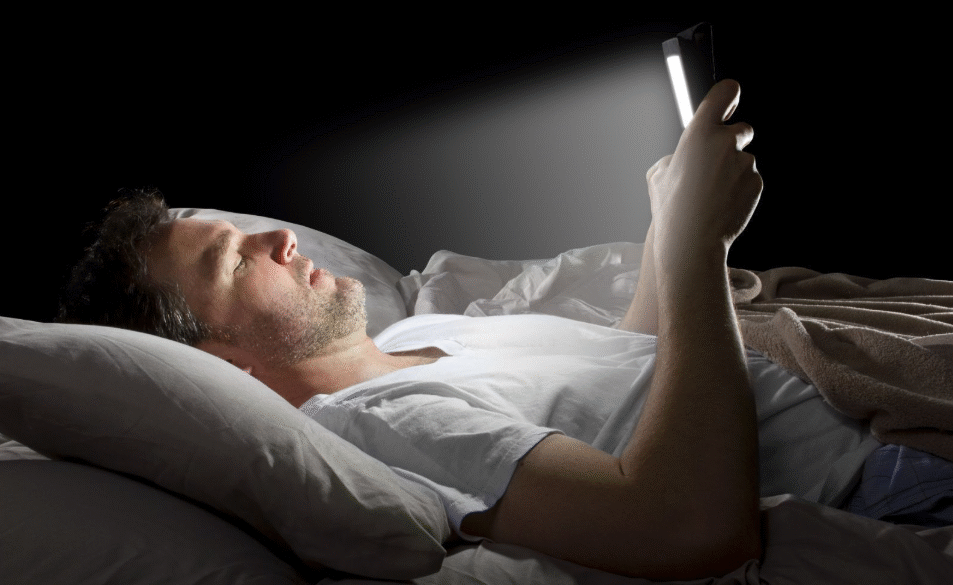A recent Australian study has uncovered a striking connection between nighttime artificial light exposure and increased cardiovascular risk, adding to growing concerns over the health effects of modern digital lifestyles.
Researchers from the Flinders Health and Medical Research Institute found that exposure to bright light—whether from smartphone screens, televisions, or room lighting—disrupts the body’s natural biological rhythm and is associated with a greater likelihood of developing serious heart conditions.
The study’s findings point to a higher risk of coronary artery disease, strokes, heart failure, and even arrhythmias in individuals who spend prolonged periods under artificial lighting after dark. Notably, these risks were observed regardless of common contributing health factors such as smoking, physical inactivity, or body weight.
At the heart of the issue is circadian misalignment. The body’s internal clock, which governs processes like sleep, blood pressure, and hormone release, operates best when synchronized with natural light and dark cycles. Artificial lighting in the evening interferes with this synchronization, prompting stress responses that may impair cardiovascular function over time.
One of the researchers explained, “It’s not just about sleep disruption. It’s about how light affects core physiological systems—systems we don’t even realize are being triggered.”
Gender disparities were also revealed: women faced a significantly greater risk of heart failure, while younger people were more likely to suffer from irregular heart rhythms due to excessive screen time.
Experts now advise the public to create a low-light environment before bed. Turning off screens, using warm-toned lighting, and avoiding blue light exposure for at least 60 minutes before sleep could substantially reduce long-term health risks.
As digital device usage continues to rise, especially among young adults, the study serves as a reminder that seemingly harmless evening habits could carry serious long-term health implications.

